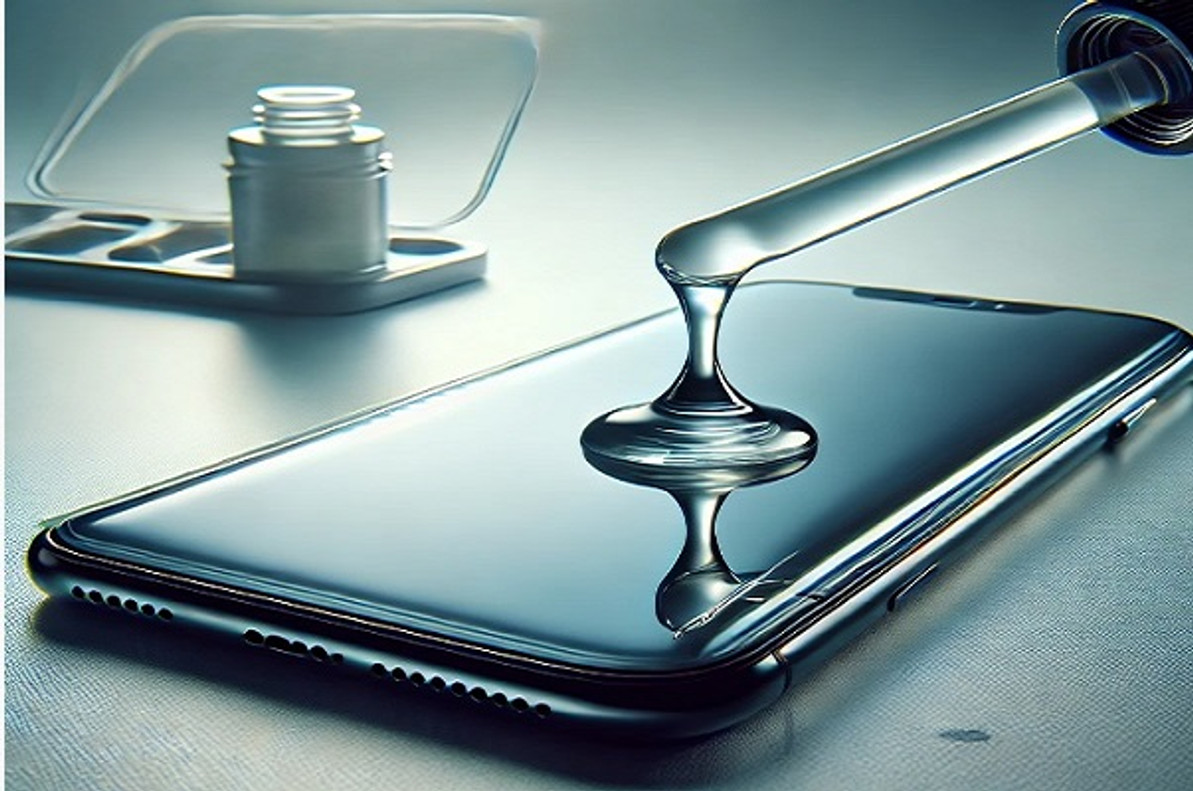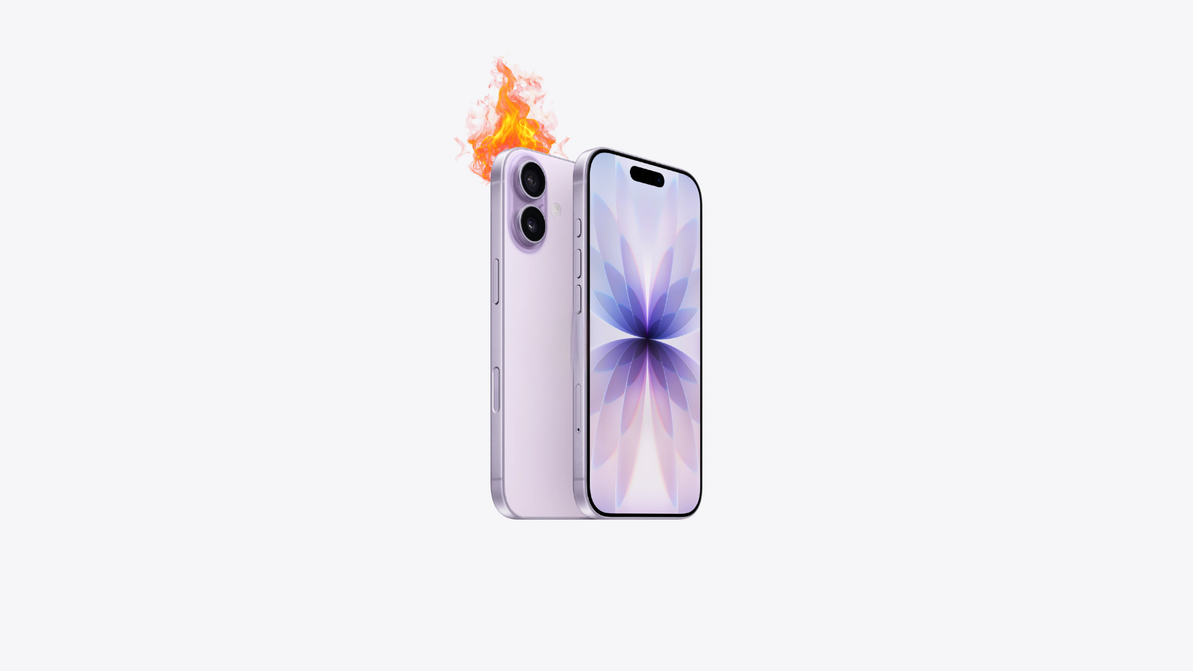Liquid Glass Screen Protectors: Damage and Replacement
In today’s technical world, protecting your phone screen is a top priority. With screens being the most vulnerable part of your device, screen protectors are a popular choice. Among the different types available, liquid glass screen protectors have gained popularity due to their invisible layer of protection. However, like all screen protectors, they come with their pros and cons.
Liquid Glass Screen Protectors:
Liquid glass screen protectors are made from silicon dioxide (SiO2), a microscopic layer of glass that bonds to your phone’s screen, forming an ultra-thin protective coating. This type of screen protector is almost invisible, doesn’t add bulk to your device, and is easy to apply. It creates a hydrophobic layer, protecting your phone screen from scratches, dirt, and minor drops.
Advantages:
- Invisible Protection: One of the biggest advantages is that liquid glass protectors are almost invisible. They offer protection without compromising the aesthetics of your phone.
- Easy to Apply: Liquid glass screen protectors are relatively easy to apply. There’s no worry about bubbles or alignment issues as with traditional screen protectors.
- Anti-Scratch and Anti-Bacterial Properties: The layer of liquid glass not only resists scratches but also repels bacteria.
- Durability: Once applied, liquid glass screen protectors can last for months without needing to be replaced.
While liquid glass protectors can provide an additional layer of defense, it’s important to remember they are not visible. The protection they offer is primarily against scratches and minor impacts. They are not designed to withstand heavy drops or forceful impacts. A liquid glass protector won't save your phone if dropped from a significant height or exposed to extreme conditions.
In case your screen still suffers damage after applying a liquid glass protector, it can be a bit challenging. Unlike traditional glass or plastic screen protectors, liquid glass protectors are invisible, so you might not immediately notice if they are damaged. Cracks or severe scratches can still occur on the underlying screen, as the liquid glass only offers a limited level of protection.
If you do experience screen damage, repairing or replacing the screen can become a costly affair. While some liquid glass brands offer warranties, covering screen damage, the process of replacement can be more complex than simply peeling off a traditional protector
Can You Replace a Liquid Glass Screen Protector?
Unlike traditional protectors that can be peeled off and replaced, liquid glass protectors cannot be removed. Once the liquid glass has bonded to your screen, it becomes a part of it. This means that if you want to apply another layer of liquid glass or switch to a different type of screen protector, you’ll need to apply it over the existing one.
In most cases, however, there’s no need to replace the liquid glass protector unless significant damage has occurred. With proper care, it can provide long-lasting protection without the need for frequent replacement.
Is Liquid Glass Right for You?
If you're looking for a screen protector that’s invisible, easy to apply, and offers a sleek look, liquid glass might be the right choice. However, if you’re prone to dropping your phone frequently or are seeking heavy-duty protection, a tempered glass screen protector might provide more robust protection.
In conclusion, while liquid glass screen protectors offer several advantages, they are not an all-in-one solution. Weighing the pros and cons is essential before deciding on the best option for your phone’s protection.
Recent Posts
-
How Water Damage Affects Your Phone & What to Do
Understanding Water Damage in Phones Accidental exposure to water is one of the most common reasons …4th Oct 2025 -
Why Your Phone Overheats | And What You Can Do to Fix It
In today’s fast-paced digital world, our phones do more than ever from video streaming and gaming to …20th Sep 2025 -
MagSafe Explained: How It Works and Why It Matters | Westcoast Repairs Australia
MagSafe Explained: How It Works and What You Need MagSafe has quickly become one of Apple’s most exc …13th Sep 2025




